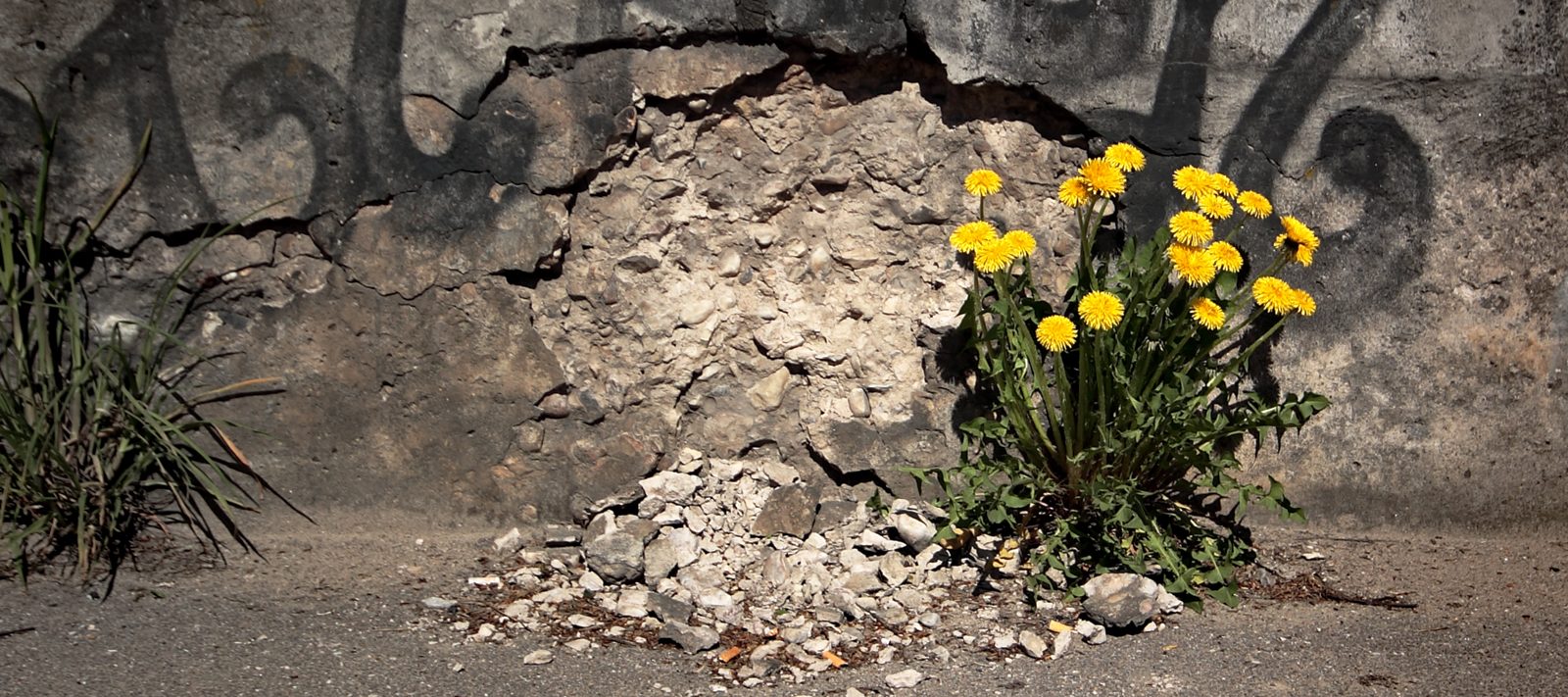Preparing My 220 Conibear Traps
 
Raccoon season starts next week. I finally made time to prep my traps in the way my trappers education booklet told me. I boiled the conibears to get the factory grease off and then mixed in a handful of black walnut to see what would happen.
In my trappers education booklet I saw a picture of a pan like this one set on bricks over a fire. I thought it a much more novel and fun way to boil the traps than in a pot on my electric stove. So I went out and bought some dried firewood to make it a little easier (in the city I find firewood difficult to find anyway, let alone dry stuff). The pan seemed to take forever to boil so my buddy Big Tony pressured me to actually build a decent fire. We took the bed of coals and built a proper log cabin cooking fire and once it got roaring it stayed that way for a long time.

I guess the theory involved boiling off factory grease and than letting the metal rust a little bit. I boiled 3 conibears (for 5 minutes) at a time so that I didn’t have to fill the entire pan up with water and use twice as much energy to get it boiling. After the first three came out I thought I’d experiment by throwing in a handful of the black walnut husk.

I don’t have a picture of the traps afterward, but the one that had the black walnut in it did have a slightly darker tint, but not that much. Perhaps if I soaked it over night? I noticed they didn’t rust after I pulled them out of the water because the water evaporated off the hot metal very quickly drying them out. I could also try letting them sit out in the rain for a couple days to rust proper. I think the rust will take on the dye color, so you rust the metal to prep it for taking the color. Also, it takes your scent off of it. I don’t know the importance of scent when using bucket sets on raccoon. It seems like an animal like the raccoon may not feel as timid about smells as say, a fox. We’ll see. For now I think I will just go with them the way they stand; cleaned of factory grease.

Before I boiled them I experimented with setting one for the first time. I used a cinder block in the garage and weighed down the stake chain so when it triggered it wouldn’t fly into my face. I set it with the metal setters I bought and triggered it with a wooden board I found in the garage. Those things have a lot of power. I really want to make sure that I stay safe when setting them, and that they kill the animals quickly so they don’t suffer. I plan to practice setting the traps a whole bunch of times before I actually set them for real. I think I’ll throw a video up here on how to build and set up a bucket set once I figure it all out.
Thanks Tony for helping me tend fire and keeping me company!

—
Show your support and appreciation for Urban Scout


Why dont you just soak ’em in some saltwater if you want them to rust? Maybe I don’t get it.
I haven’t read the whole series on this–have you considered that you may also catch cats if you are using that in Portland? That would rather suck.
Here in Eugene I live in a part of town where 1/2 acre lots are the norm, and we have a ton of raccoon activity. While I didn’t like them preying on my chickens, I would never trap them because I have a 50% chance of trapping some kid’s pet cat.
My brother ran a trap line when we were growing up in Alaska–I don’t remember him soaking his traps at all, and there was no black walnut husk to speak of. They do use some “scent” thing that would mask human scent.
Yeah, I’m looking out for cats. I have a cage trap for the urban spots and the conibears are for the national forest.
Leave the traps out to rust before you boil them in the dye. Once you do start the boiling process you must boil them for a good long while to get them to dye. If you ever decide to use footholds you will discover the usefulness of the traps drying almost instantly. Good luck!
Also an easy way of setting them off without getting your face bit is by stepping on them and lifting your boot up slowly. Your metal tongs can be dangerous so be careful with those, its better to use your hands if you know how to set them safely, if your not strong enough use a combination of hands and feet to open them.